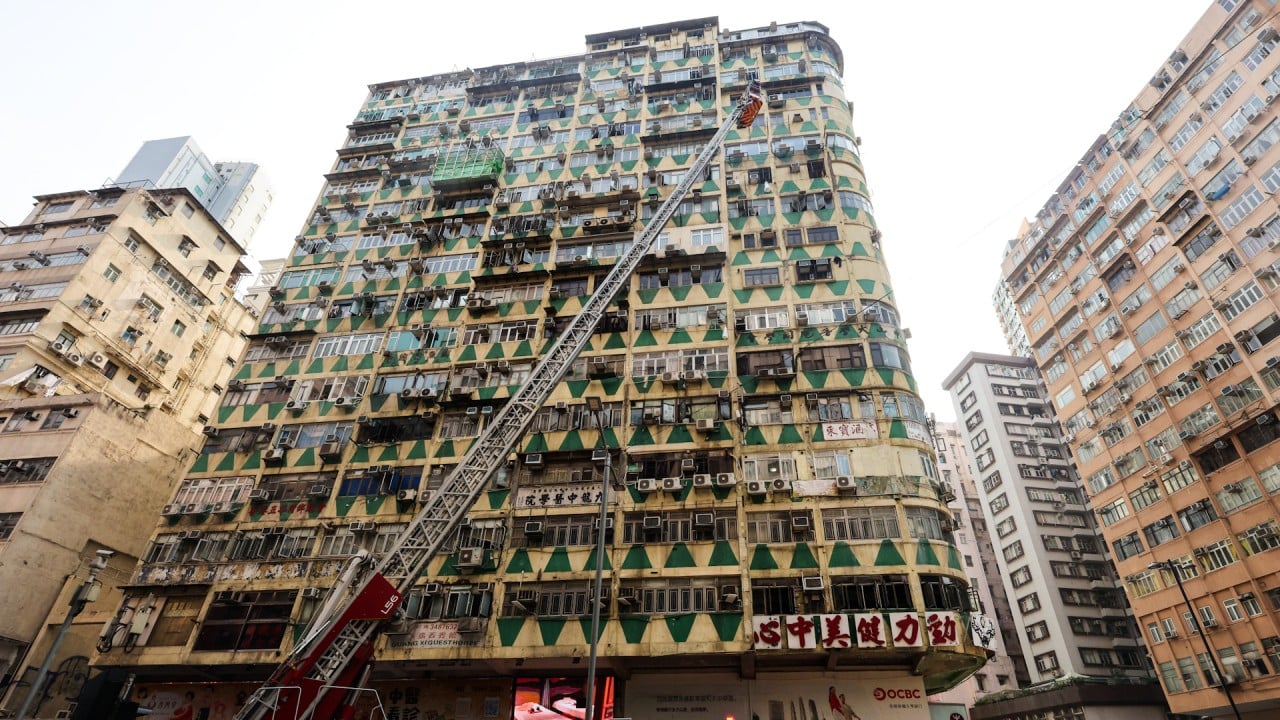The EU introduced its energy performance certificate (EPC) system for sold or leased buildings in 2002, with A being the best and G the worst. Larger public buildings, which are never sold or leased, must carry a display energy certificate (DEC) to show what they actually use.
There is an important point here. A rating on a building (modelled under idealised circumstances) can be very different from its actual use when occupied. Arguably, both EPCs and DECs are needed, especially for larger buildings. Buildings are all too often over-cooled and over-lit, with lights frequently left on in empty rooms.
Recently, the EU decided to revise its Energy Performance of Buildings Directive, requiring all new buildings to be net zero by 2030 and setting out a timescale for decarbonising existing buildings. Is it time for Hong Kong to follow suit?
It is the basis for other policies, like taxing the worst buildings more and the better buildings less, or subsidy schemes for retrofitting (in Europe, energy efficiency refurbishments are often paid for by the electricity and gas utility companies). And the label can be used to signal that the worst buildings cannot be rented out or sold unless brought up to energy efficiency standards.
Quite simply, without a mandatory energy label for buildings, there is no market in efficiency, and there will be little progress towards the Paris climate targets.

Second, there needs to be a more informed conversation between the owners and occupiers of commercial buildings, driven by tax incentives (which can be designed to be neutral to the taxpayer). This means performance ratings and asset ratings as well as a “green” lease framework where the party that benefits from energy efficiency is incentivised to drive it, whether through investment or behavioural change.
Fifth, buildings also create greenhouse gas emissions in construction. Across the world, this is 11 per cent of emissions. In Hong Kong, the proportion is likely to be higher given the speed and scale of construction. The basic model of construction has not altered in decades. It’s time to account for carbon in construction and create market incentives – information, financial incentives, regulation – to drive it down.
Hong Kong can’t leave improvement to the market, it needs the right combination of information, incentives and regulation acting together to transform markets. The EU’s recent revision of its Energy Performance of Buildings Directive is a good model. It is necessary to meet the enhanced energy efficiency commitments made at Cop28, or we won’t meet the Paris Agreement.
Dr Mark Hinnells is director of strategy at Climate Finance Asia


